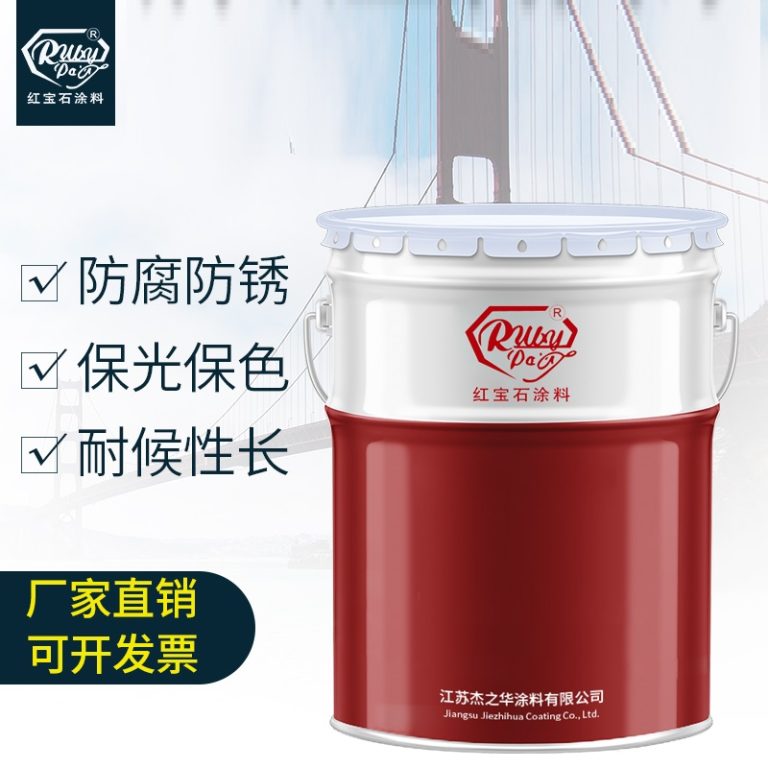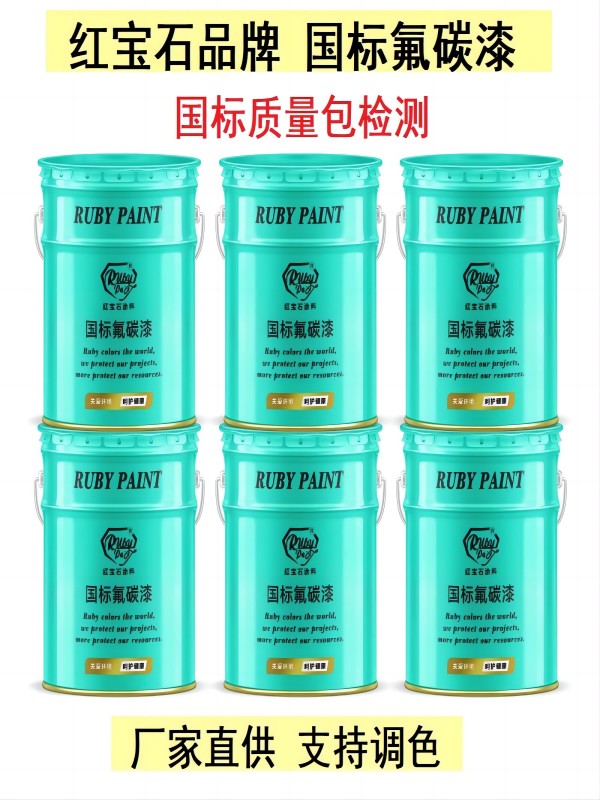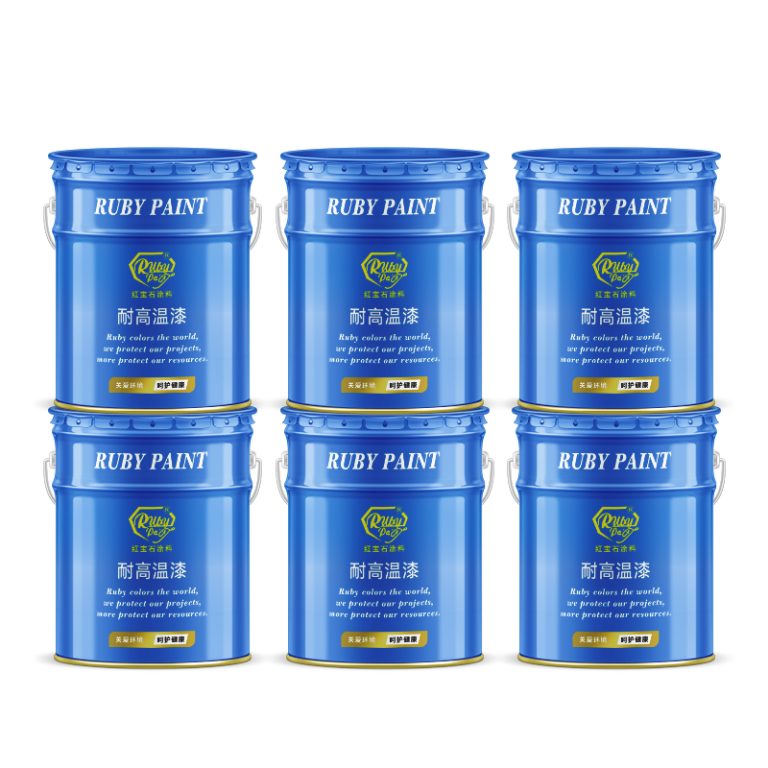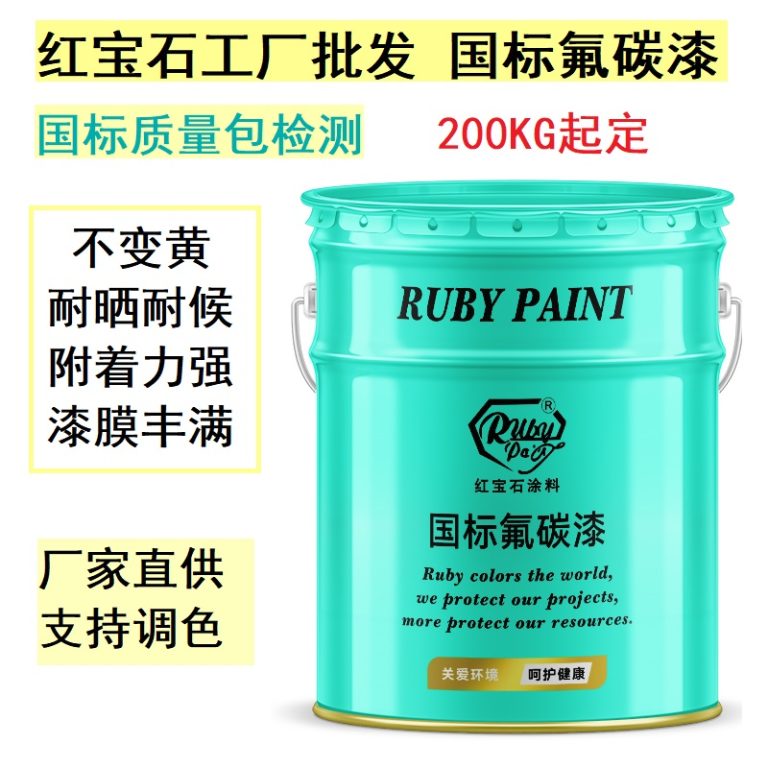Table of Contents
Understanding the Components and Specifications of Chlorinated Rubber Paint Data Sheets
Chlorinated rubber paint is a specialized coating material that is widely used in various industrial and commercial applications due to its excellent resistance to water, chemicals, and weathering. Understanding the components and specifications of chlorinated rubber paint data sheets is crucial for selecting the right product for specific projects and ensuring its proper application and performance.
| No. | Product |
| 1 | Industrial paint |
Chlorinated rubber paint is composed of a synthetic rubber polymer that has been chlorinated to enhance its durability and resistance properties. The chlorination process modifies the chemical structure of the rubber, making it more resilient to harsh environmental conditions. This type of paint is commonly used in marine environments, swimming pools, chemical storage areas, and other areas where exposure to moisture and chemicals is prevalent.
The data sheet for chlorinated rubber paint provides detailed information about the product’s composition, physical properties, and performance characteristics. It typically includes the type and concentration of the chlorinated rubber polymer, as well as any additives or pigments that are used to enhance the paint’s properties. The data sheet also specifies the paint’s viscosity, which affects its ease of application and the thickness of the coating.
One of the key specifications listed on the data sheet is the paint’s resistance to various chemicals and environmental factors. This information is critical for determining whether the paint is suitable for a particular application. For example, if the paint is to be used in a chemical storage area, it must be resistant to the specific chemicals that will be stored there. The data sheet will also indicate the paint’s resistance to UV radiation, which is important for outdoor applications where the paint will be exposed to sunlight.
Another important specification on the data sheet is the paint’s drying time and curing conditions. These factors affect how quickly the paint can be applied and how long it will take to reach its full strength and durability. The data sheet will specify the recommended temperature and humidity conditions for application, as well as any special equipment or techniques that may be required.
In addition to the technical specifications, the data sheet for chlorinated rubber paint also includes information about the product’s safety and environmental impact. This includes details about the paint’s flammability, toxicity, and any hazardous materials that may be released during application or disposal. It is important to carefully review this information to ensure compliance with safety regulations and to minimize the environmental impact of the project.
Overall, the data sheet for chlorinated rubber paint is an essential resource for anyone involved in the selection, application, or maintenance of this type of coating. By providing detailed information about the product’s composition, performance, and safety, the data sheet helps to ensure that the paint is used effectively and safely in a wide range of applications. Whether you are a contractor, engineer, or facility manager, understanding the components and specifications of chlorinated rubber paint data sheets is key to achieving successful and long-lasting results.
How to Interpret Safety and Application Guidelines on Chlorinated Rubber Paint Data Sheets
Chlorinated rubber paint is a specialized coating material known for its durability, chemical resistance, and ability to adhere to various surfaces. When using this type of paint, it is crucial to understand the safety and application guidelines provided on the product’s data sheet. These guidelines are designed to ensure the proper handling, application, and disposal of the paint, thereby minimizing health risks and environmental impact.
The first step in interpreting a chlorinated rubber paint data sheet is to familiarize yourself with the safety information. This section typically includes details about the potential hazards associated with the paint, such as flammability, toxicity, and reactivity. It is important to note any warnings about inhalation, skin contact, or ingestion, as these can pose serious health risks. Additionally, the safety section will often provide recommendations for personal protective equipment (PPE) such as gloves, goggles, and respirators. Adhering to these recommendations is essential for protecting yourself and others during the application process.
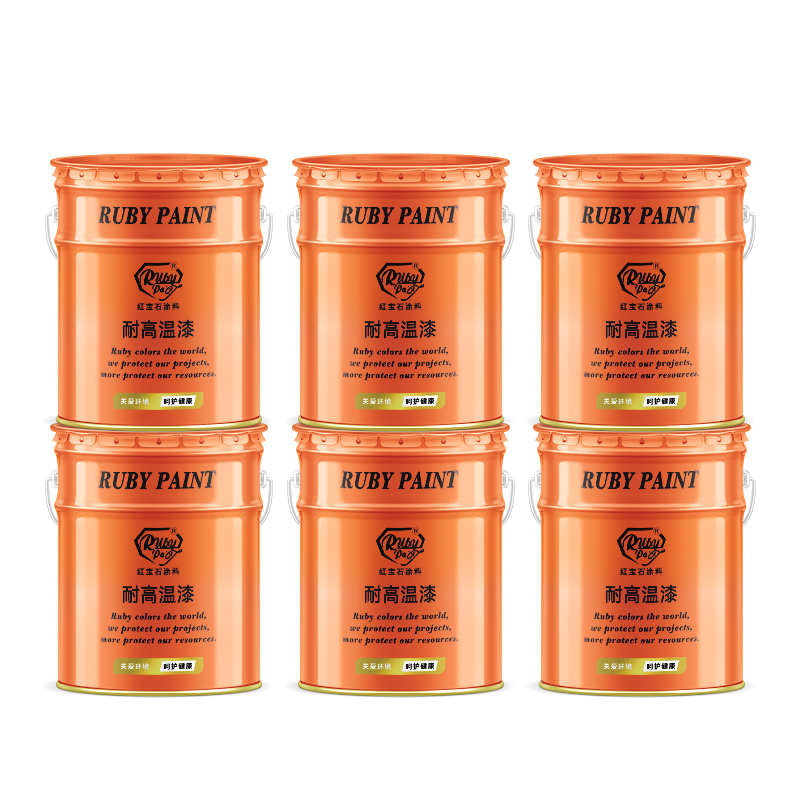
Next, pay attention to the storage and handling guidelines. Chlorinated rubber paint may require specific storage conditions to maintain its efficacy and prevent degradation. For example, it might need to be stored in a cool, dry place away from direct sunlight and heat sources. The data sheet will also provide information on the shelf life of the product, which is important to consider to avoid using expired paint that may not perform as expected. Proper handling practices are also outlined in this section, including instructions on how to mix or stir the paint before use and precautions to prevent spills or leaks.
The application guidelines are another critical aspect of the data sheet. This section provides detailed instructions on how to apply the paint to achieve the best results. It will specify the suitable surfaces for application, such as concrete, metal, or wood, and any surface preparation that is required, such as cleaning or priming. The data sheet will also indicate the recommended method of application, whether it be by brush, roller, or spray, and the appropriate environmental conditions for application, such as temperature and humidity levels. Following these guidelines closely will help ensure that the paint adheres properly and provides the desired protection and aesthetics.
Furthermore, the data sheet will often include information on drying and curing times. Understanding these times is important to plan the application process effectively and avoid damaging the freshly applied paint. It is also essential to adhere to any recommendations regarding recoating or applying additional layers of paint.
Finally, the data sheet should provide details on the disposal of any leftover paint and cleaning of equipment. Proper disposal is important to prevent environmental contamination and comply with local regulations. The cleaning procedures will help ensure that application equipment is maintained in good condition and ready for future use.
| Nr. | Commodity Name |
| 1 | Fluoracarbon middle paint |
In conclusion, interpreting the safety and application guidelines on a chlorinated rubber paint data sheet is crucial for the safe and effective use of the product. By familiarizing yourself with the safety information, storage and handling guidelines, application instructions, drying and curing times, and disposal procedures, you can ensure that you are using the paint responsibly and achieving the best possible results. Always take the time to read and understand the data sheet thoroughly before beginning any painting project.

